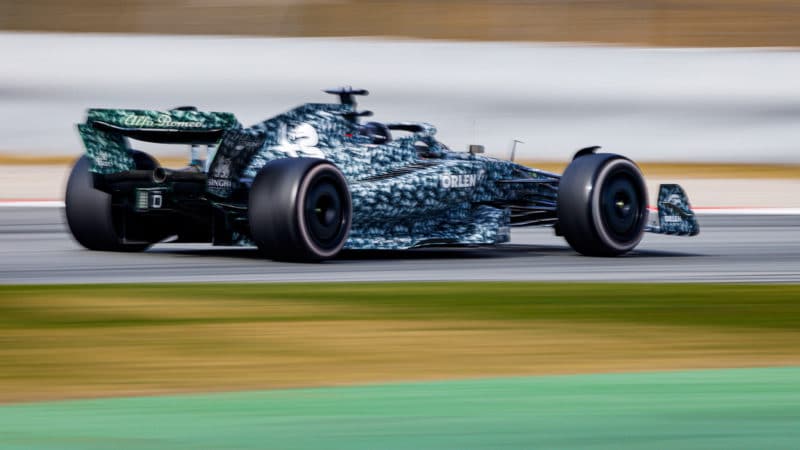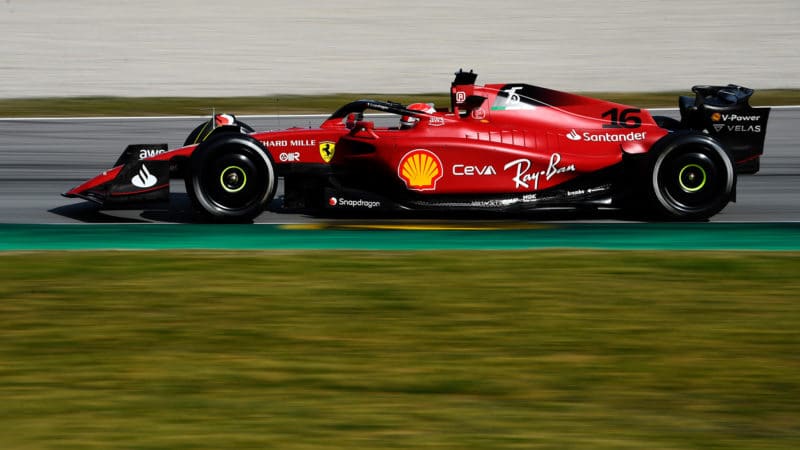Early ground effect cars, such as the Lotus 80, were afflicted before flat floors were made mandatory in 1983. It wasn’t expected to reappear in 2022 because it didn’t show up in wind tunnel testing or simulations.
“It seems that most of us at least underestimated the problem,” said Binotto. “We found when we were on track, we are bouncing more than expected.”
The Ferrari boss said that solving the problem was “straightforward”: raising the ride height will eliminate the issue. However, this also reduces downforce, so finding a solution that retains as much performance as possible is key.
“Optimising the performance — because it should not be a compromise that you strike — [in] avoiding bouncing but getting the most out of the performance of the car, that will be a less easy exercise.
“I’m pretty sure that at some stage each single team will get to the solution. The ones that get there sooner will have an advantage at the start of the season.”

Every team will have a fix by the fourth race of the year, says Alfa’s Frédéric Vasseur
DPPI
The first four races are expected to see large swings in performance as teams continue to develop their cars; copy rivals’ ideas; and improve their set-ups. Solving the porpoising issue will add another variable to the mix, according to Alfa Romeo team principal Frédéric Vasseur.
“Aero phenomenons are not easy to duplicate in the wind tunnel or simulator and we are all facing the same issue,” he told a Barcelona press conference. “As Mattia said, the fix is not the biggest issue but to be efficient will be the key.
“How quickly the team reacts will be key for the first races. I’m sure that [after] three or four events we won’t speak any more about bouncing.”


